
- why-is-square-dancing-taught-in-schools
- historical-context-of-square-dancing-in-education
- educational-benefits-of-square-dancing
- square-dancing-and-social-development
- modern-classroom-and-student-reactions
- expert-insights-and-practical-tips
1. Why Is Square Dancing Taught in Schools
If you've ever asked yourself why is square dancing taught in schools, you're not alone. At first glance, it might seem like an outdated tradition shoehorned into modern gym class. But in reality, square dancing has played a longstanding and multidimensional role in physical education across the United States, with its benefits reaching far beyond just movement. From promoting teamwork to preserving cultural heritage, square dancing continues to hold unique value in school programs.
2. Historical Context of Square Dancing in Education
2.1. National Push in the 20th Century
Square dancing gained traction in U.S. schools largely due to efforts in the 1950s by educators and even policymakers who sought to promote traditional American culture. Most notably, Henry Ford supported square dancing as a wholesome, “American” alternative to jazz and other emerging musical styles he viewed as culturally disruptive. As a result, schools across the country adopted it into PE curriculums.
2.2. Square Dancing as Folk Heritage
Educators viewed square dancing as a way to preserve folk traditions and connect students with their cultural roots. This legacy persists in many schools today, where square dancing serves as an introduction to American musical and social history.
3. Educational Benefits of Square Dancing
3.1. Physical Exercise
Square dancing isn’t just nostalgic—it’s active. It promotes aerobic fitness, coordination, balance, and rhythm, all of which are essential for healthy physical development. Unlike some high-intensity sports, it’s also inclusive and adaptable for all ability levels.
3.2. Listening and Direction-Following Skills
Square dancing involves listening closely to a caller’s instructions and responding with timed, coordinated movements. This reinforces concentration, memory, and auditory processing in a fun and engaging format.
3.3. Mathematical and Pattern Recognition Skills
While often overlooked, dance patterns and formations in square dancing help students understand geometry and sequencing in a tangible, body-oriented way. It's learning through movement—ideal for kinesthetic learners.
4. Square Dancing and Social Development
4.1. Breaking Social Barriers
One of the strongest arguments for square dancing in schools is how it fosters respectful interaction. Students often partner with classmates they might not otherwise engage with, promoting teamwork and inclusion. The lighthearted nature of the dance also helps break tension and reduce social anxiety.
4.2. Building Confidence
For students who may struggle with team sports or academics, square dancing offers a creative outlet where they can excel. Learning and performing steps gives students a sense of accomplishment and builds confidence.
5. Modern Classroom and Student Reactions
5.1. Changing Student Perceptions
While some students initially roll their eyes at square dancing, many end up enjoying the experience—especially when paired with upbeat music and energetic instruction. Schools that embrace a fun and inclusive approach often report positive feedback from students.
5.2. A Real-World Story from a Middle School PE Teacher
Ms. Torres, a middle school PE teacher in Oregon, shared: “When I introduced square dancing, the kids groaned at first. But by the end of the week, they were laughing, high-fiving, and asking if we could do it again next year. It taught them coordination, yes—but also empathy, rhythm, and patience.”
6. Expert Insights and Practical Tips
6.1. Teaching Square Dance in a Relevant Way
Experts suggest adapting square dance lessons to include contemporary music, themed events, or storytelling to make it feel more relatable to students. Teachers are also encouraged to emphasize fun rather than perfection.
6.2. Where to Learn More
If you’re an educator or parent curious about integrating dance into youth education, American Dance Academy offers tailored resources and workshops for schools. Their programs bridge tradition with innovation, helping students embrace movement with purpose.
So, why is square dancing taught in schools? Because it's more than a dance—it's a dynamic tool for education, culture, and connection. In a world where young people are increasingly disconnected from both history and one another, a little do-si-do might just be more relevant than ever.
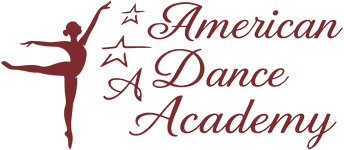
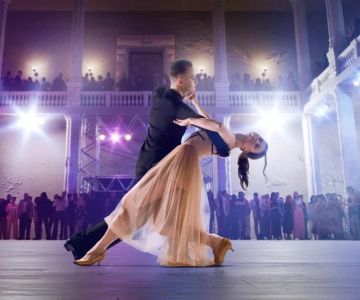
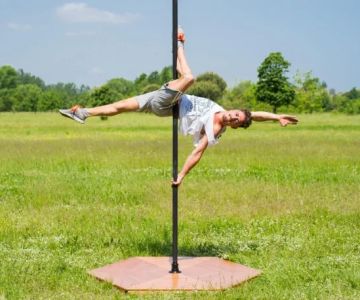
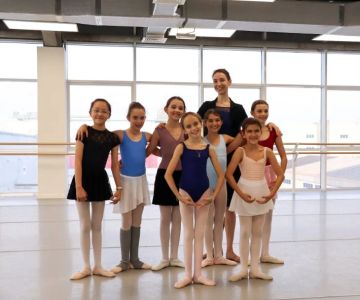
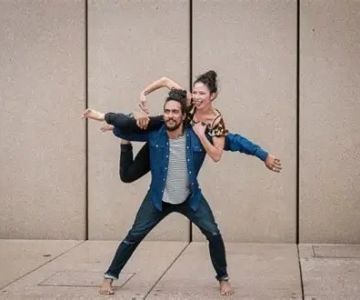

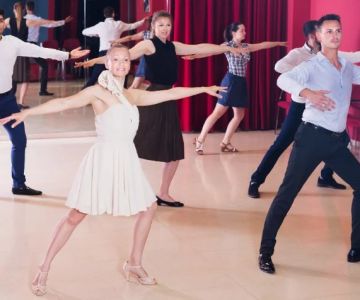
 Barrington Dance Academy5.0 (22 reviews)
Barrington Dance Academy5.0 (22 reviews)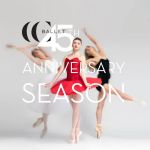 Canyon Concert Ballet4.0 (17 reviews)
Canyon Concert Ballet4.0 (17 reviews)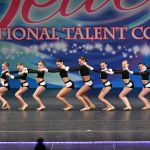 Big City Dance Center LLC4.0 (25 reviews)
Big City Dance Center LLC4.0 (25 reviews)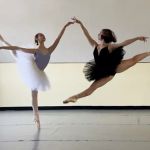 Tye Chua Dance & Kalamazoo Ballet5.0 (18 reviews)
Tye Chua Dance & Kalamazoo Ballet5.0 (18 reviews)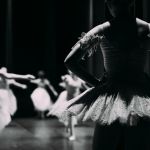 Fenton Ballet Theatre4.0 (24 reviews)
Fenton Ballet Theatre4.0 (24 reviews) Front Street Dance Center5.0 (7 reviews)
Front Street Dance Center5.0 (7 reviews)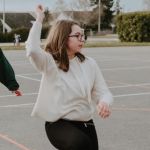 Are There Dances in Middle School? What Students and Parents Should Know
Are There Dances in Middle School? What Students and Parents Should Know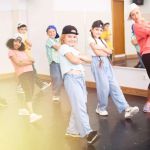 How a Dance School in Instagram Builds Community and Success
How a Dance School in Instagram Builds Community and Success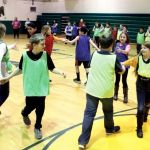 Why Do Schools Teach Square Dancing?
Why Do Schools Teach Square Dancing?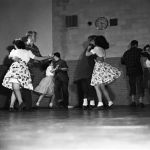 Why Was Square Dancing Taught in School?
Why Was Square Dancing Taught in School? Why Swing Dance Is Popular for Adults
Why Swing Dance Is Popular for Adults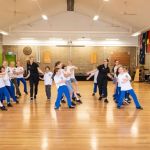 A School Dance: How to Prepare, Shine, and Make It Unforgettable
A School Dance: How to Prepare, Shine, and Make It Unforgettable